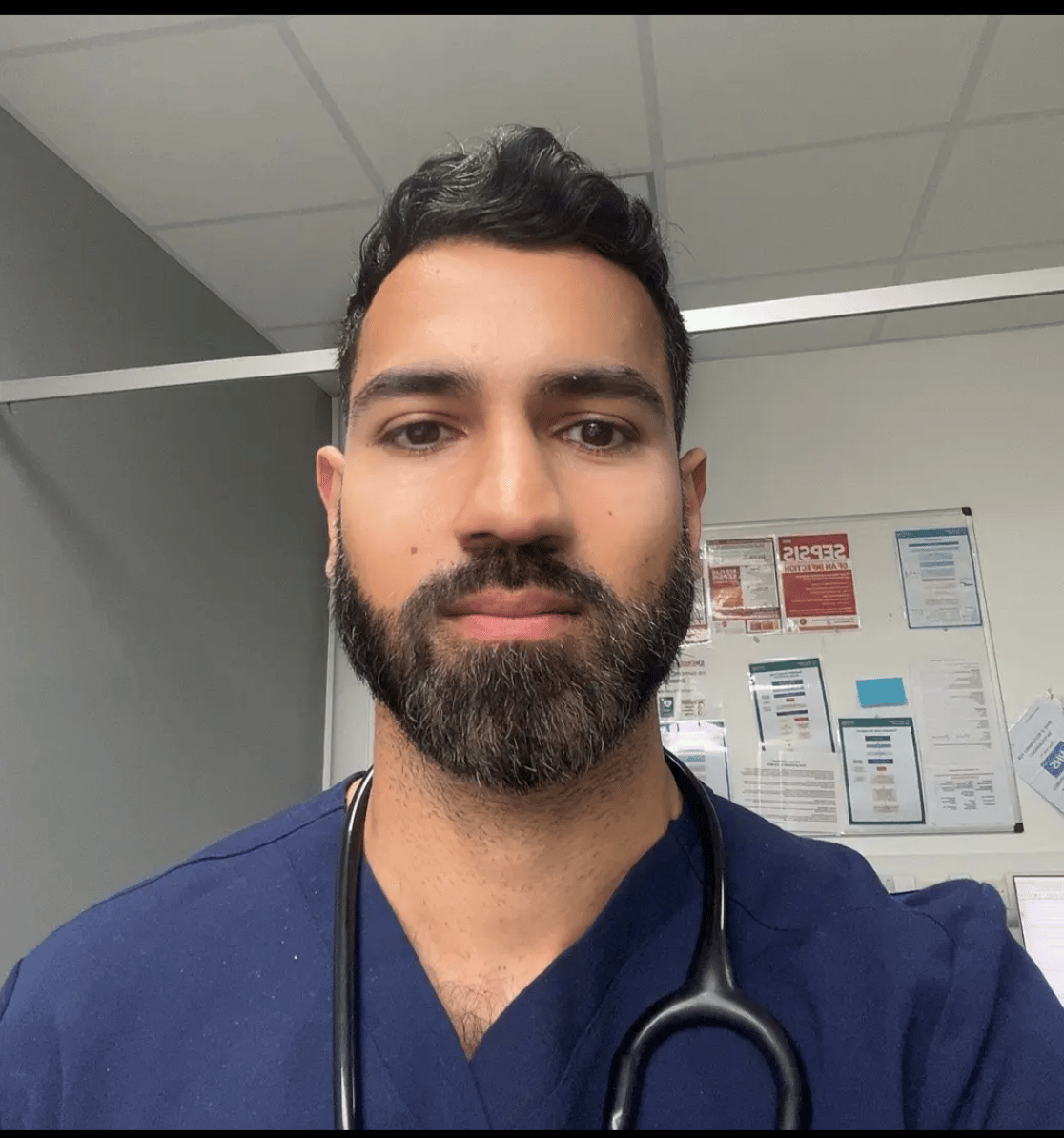- Dr Ahmed
- Posts
- Breaking Research- The Overlap Between ME/CFS, Fibromyalgia & Ehlers-Danlos — and Why It’s Finally Being Understood
Breaking Research- The Overlap Between ME/CFS, Fibromyalgia & Ehlers-Danlos — and Why It’s Finally Being Understood
New research finally explains why so many with fibro or ME also have hypermobility.
Hi Friend
If you live with ME/CFS, Fibromyalgia, or Ehlers–Danlos Syndrome (hEDS), you’ve probably realised something that medicine is only just beginning to confirm:
👉 These conditions often overlap, and the underlying biology may be deeply connected.
For years, people were told these illnesses were “unexplained” or “psychological.”
But new research is painting a very different picture — one that validates what so many patients have felt for years.
🧬 What the Latest Science Says
A 2025 genome-wide association meta-analysis found two significant genetic loci associated with hypermobile Ehlers–Danlos Syndrome (hEDS) — one near the ACKR3 gene (on chromosome 2).
This gene is involved in connective tissue signalling, immune modulation, and pain processing, suggesting that hEDS may finally have a genetic foundation.
Even more importantly, researchers discovered that these same pathways overlap with those seen in:
Fibromyalgia (chronic pain sensitisation)
ME/CFS (mitochondrial dysfunction and post-exertional malaise)
POTS and dysautonomia (autonomic imbalance)
Mast cell activation and neuroinflammation
Together, these findings suggest that these conditions sit along a shared neuroimmune–connective tissue spectrum — where the body’s connective tissues, immune system, and nervous system all become dysregulated.
🧠 Why Symptoms Overlap So Much
When the body’s “wiring” becomes hypersensitive, it can show up in multiple systems:
Nervous system: overactive “fight-or-flight” response, poor vagal tone, anxiety, or crashes after exertion.
Musculoskeletal: hypermobility, joint pain, myofascial tightness, micro-instability.
Immune: mast cell activation, inflammation, sensitivities, post-viral fatigue.
Energy system: mitochondrial inefficiency, resulting in low stamina and post-exertional malaise.
It’s not “all in your head” — it’s all in your system.
🌿 What You Can Do (Even Before Diagnosis Clarity)
While genetics help explain why these conditions overlap, day-to-day management still depends on nervous system regulation and lifestyle tuning.
Here are a few steps that help nearly everyone on this spectrum:
Pace intelligently.
Use the “energy envelope” rule: never spend more than 80% of what your body can comfortably handle. This prevents crashes and helps recondition mitochondria.Support connective tissue.
Gentle strengthening, vitamin C, magnesium, and collagen-rich foods can help stabilise hypermobile joints.Stabilise the nervous system.
Try daily vagal tone exercises — slow diaphragmatic breathing, humming, or cold-water facial dips. These strengthen parasympathetic regulation.Reduce inflammatory triggers.
Prioritise stable blood sugar, anti-inflammatory foods, and good sleep hygiene. Even small changes here can quiet an overactive immune system.Track and reflect.
Keeping a symptom diary or using wearable data (HRV, sleep, steps) gives early clues about your regulation patterns — helping you intervene before crashes happen.
💛 How The Mend Collective Helps
The Mend Collective was designed precisely for this overlap — to guide people living with ME/CFS, fibromyalgia, and hEDS through a structured but gentle recovery framework.
Here’s how we do it:
✅ Assessment first. We map your symptoms, triggers, and energy profile before suggesting any interventions.
✅ Personalised weekly plan. Nutrition, gentle movement, pacing, and trauma-informed therapy tailored to your condition type.
✅ Live sessions & community. Two daily sessions — one therapeutic, one coaching — plus a forum where others share the same lived experience.
✅ Wearable integration. Track HRV, sleep, and recovery to spot nervous system improvements week by week.
✅ Education modules. Learn the science behind your body — from mitochondria to microglia — so you can heal with understanding, not fear.
🌸 A New Chapter in Chronic Illness
The science is finally catching up to what patients have been saying all along:
these conditions are real, connected, and modifiable.
At The Mend Collective, our goal is to stabilise dysregulated body systems — particularly the autonomic and neuroimmune networks — so recovery processes can take place naturally.
You’ll be the first to know when doors open.
Together, we’ll build a bridge between cutting-edge science and everyday recovery.
With care and hope, as always reply if you have any questions.

Dr Ahmed (dra_says instagram, facebook and tik tok)
Founder, The Mend Collective
Reply